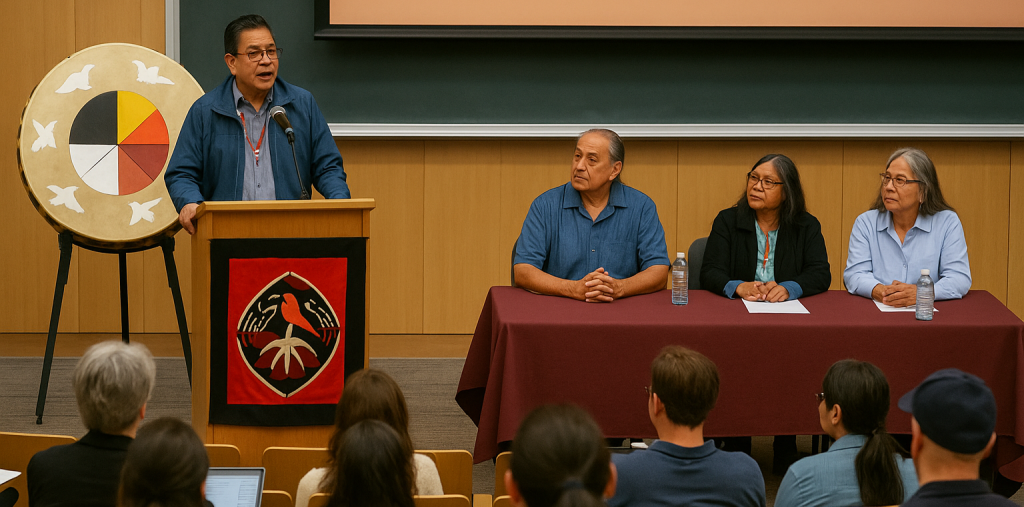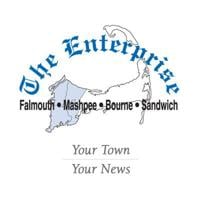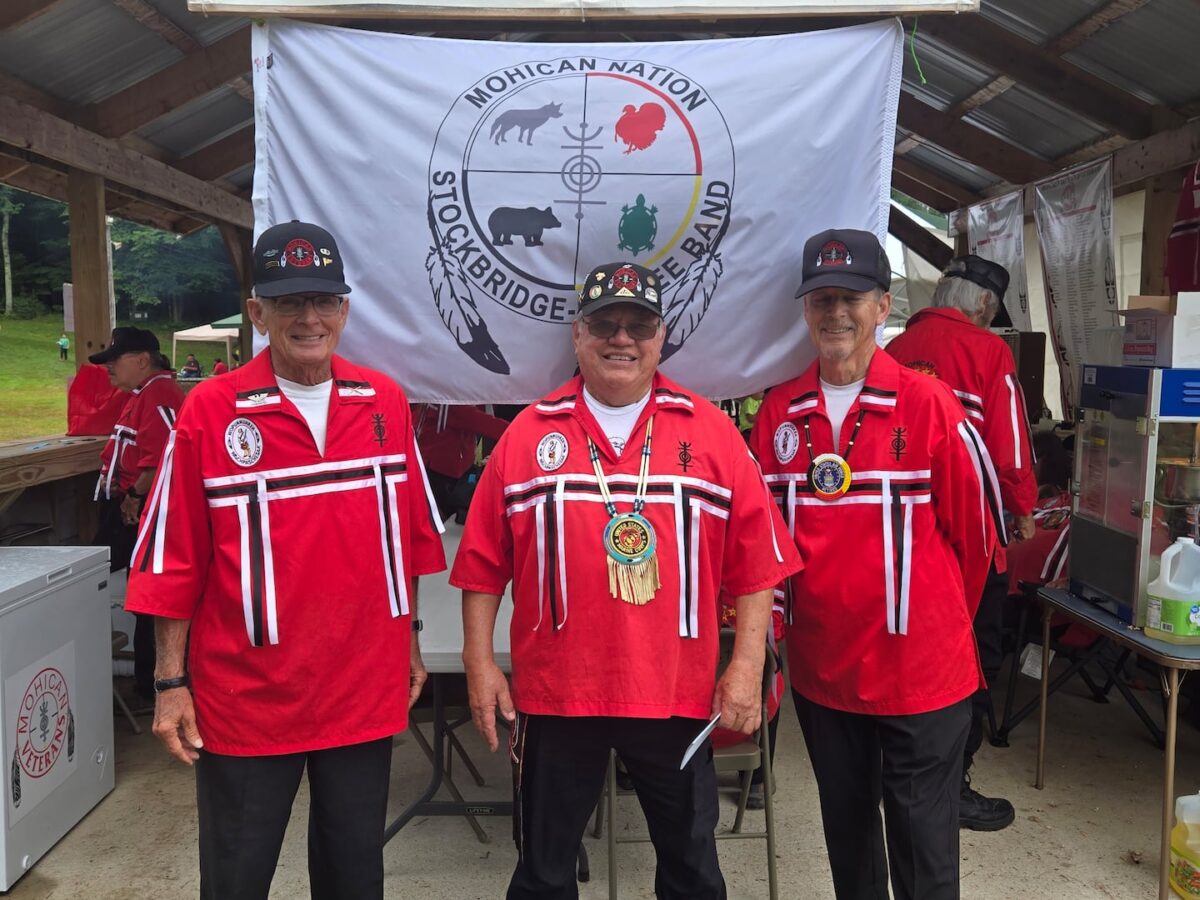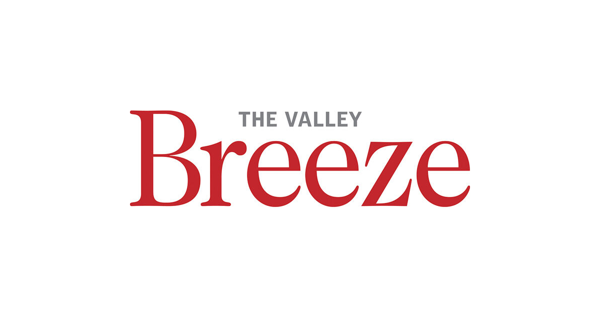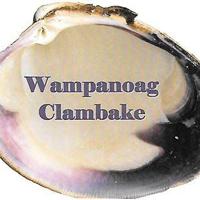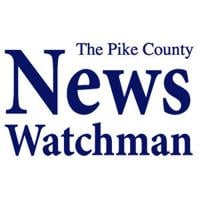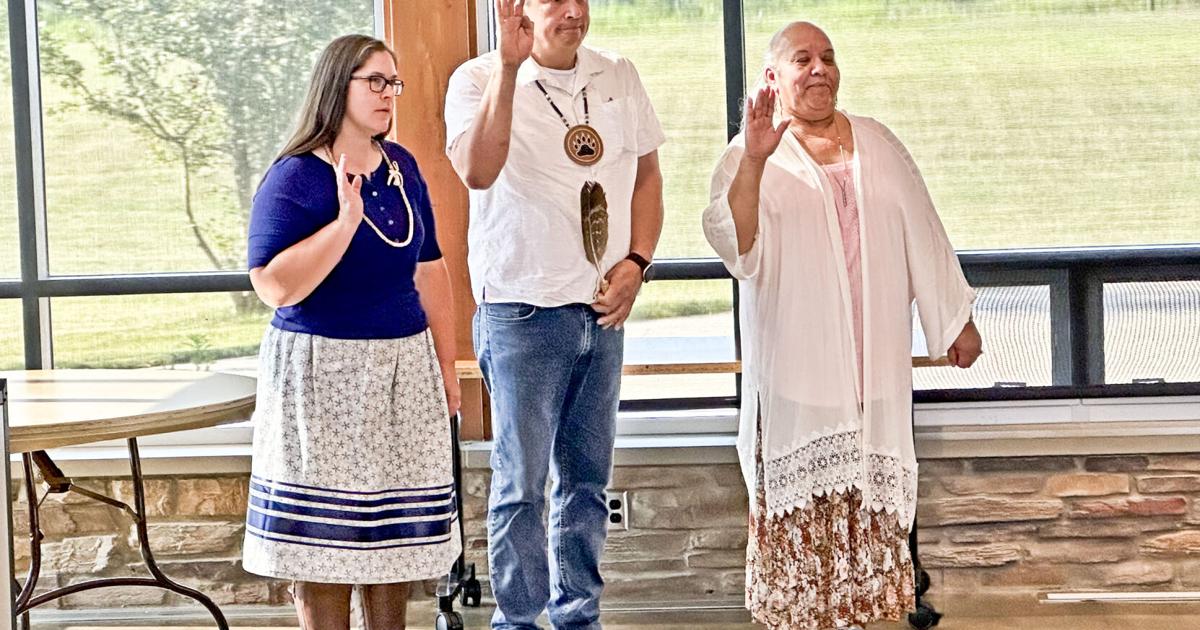Winnipeg, MB — The University of Winnipeg will host the 57th Algonquian Conference this fall, bringing together scholars, students, cultural workers, and community members from across North America to share research and celebrate the diversity of Algonquian languages and cultures.
Scheduled for October 17–19, the event is expected to draw up to 200 participants from Canada, the United States, and beyond. Organizers say the gathering will feature both in-person and online presentations, along with workshops, roundtables, panels, and a special cabaret-style evening showcasing Indigenous performance and language.
A Gathering of Shared Knowledge
The Algonquian Conference has long served as an international forum for interdisciplinary research related to Algonquian peoples. While Canada and the U.S. alternate hosting duties each year, this marks the first time the University of Winnipeg has welcomed the event.
Heather Souter, a Michif (Métis) faculty member in the Department of Anthropology and Indigenous Languages program and a member of the conference’s organizing committee, emphasized the significance of this year’s meeting.
“The committee has been working hard to ensure all participants can engage with each other in ways that help them see beyond stereotypes, trauma, and superficial differences to our shared humanity and a shared and hopeful future,” Souter said.
She added that the conference aims to strengthen relationships between Indigenous and non-Indigenous scholars while underscoring “recognition of each Indigenous nation’s sovereignty and autonomy, particularly in the context of knowledge and research.”
The Role of Algonquian Languages
The Algonquian language family is among the largest in North America, spanning communities from the Atlantic coast to British Columbia and south into Oklahoma. It includes Cree, Anishinaabemowin, Blackfoot, Cheyenne, Mi’kmaq, Arapaho, Fox-Sauk-Kickapoo, and both Southern and Northern Michif.
“Algonquian peoples represent the largest combined group of First Peoples in Canada,” Souter noted.
This linguistic and cultural diversity will be front and…
